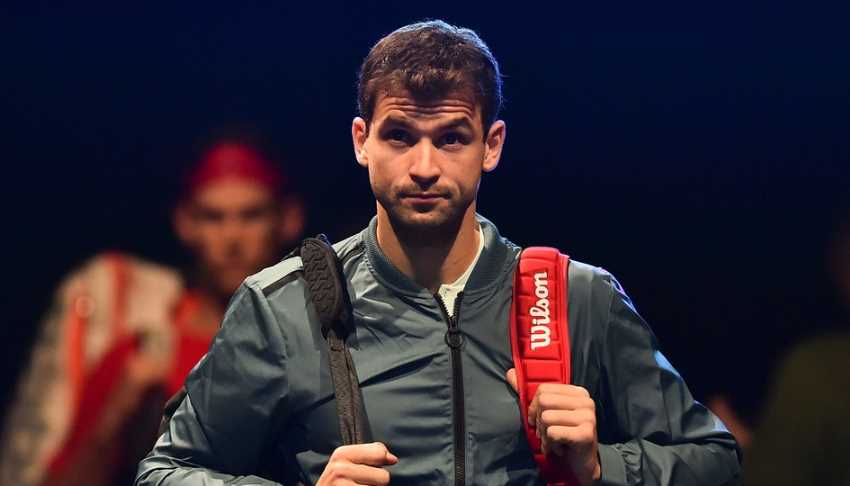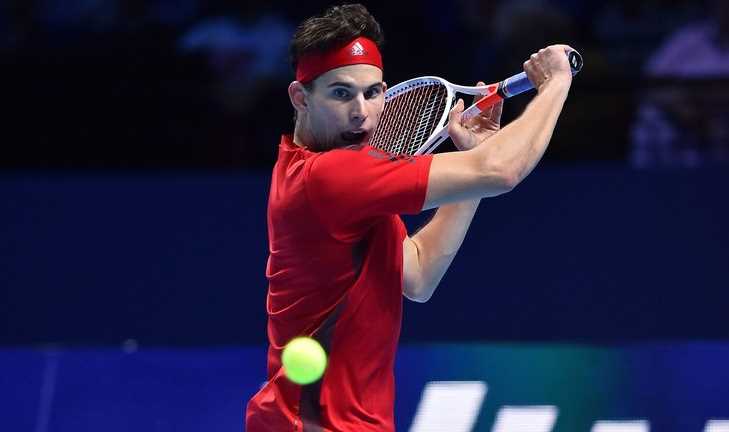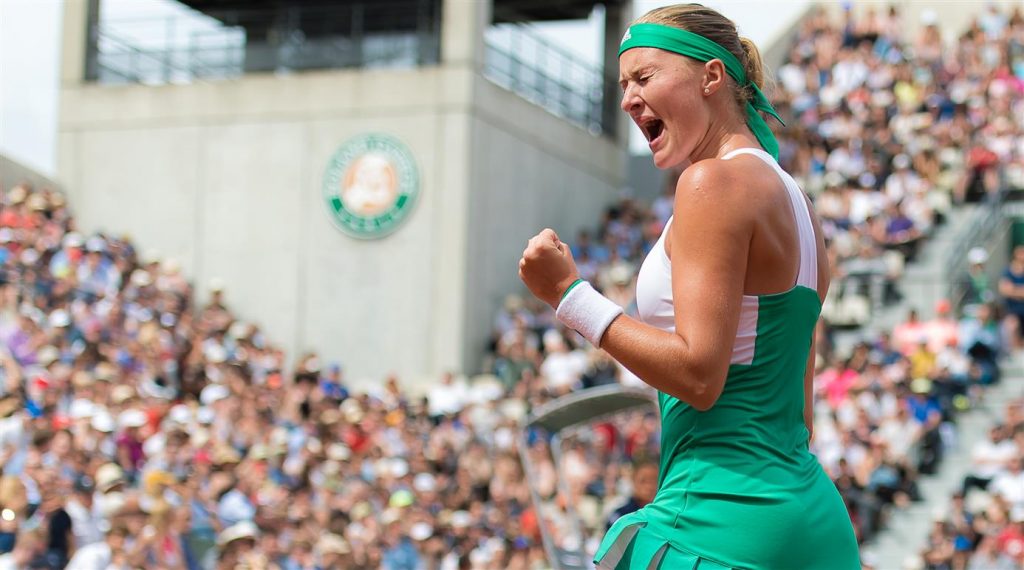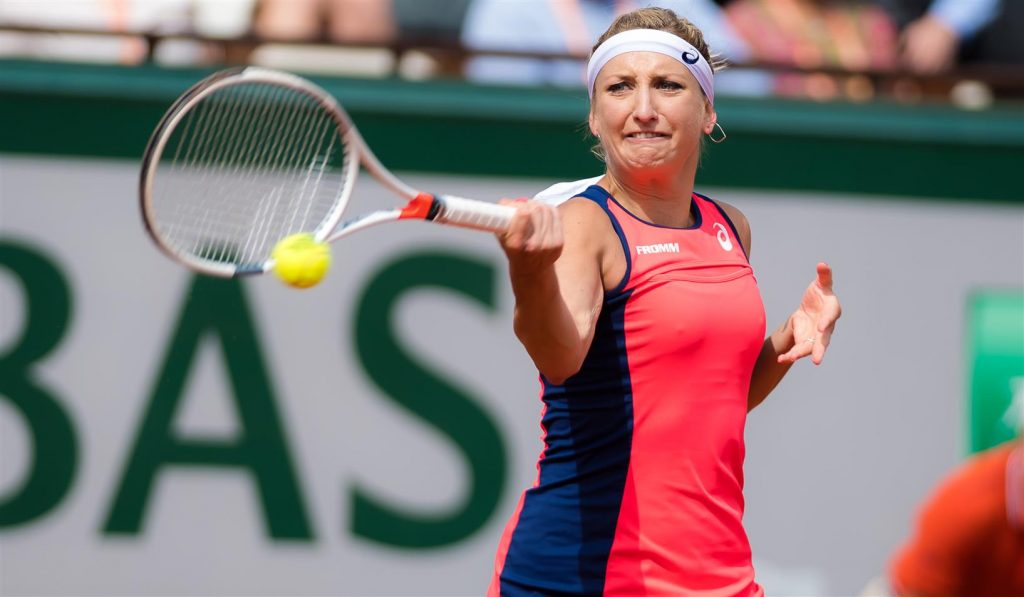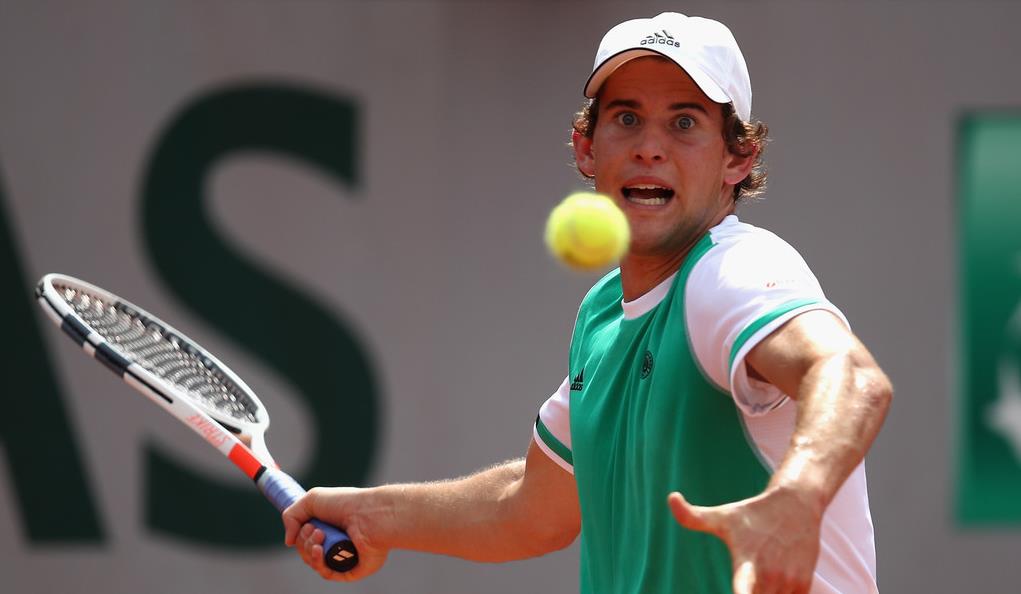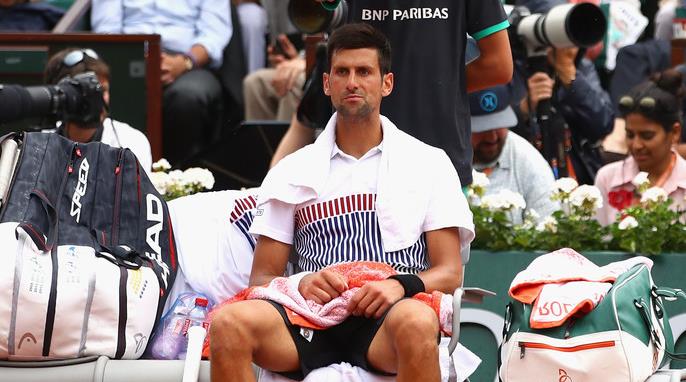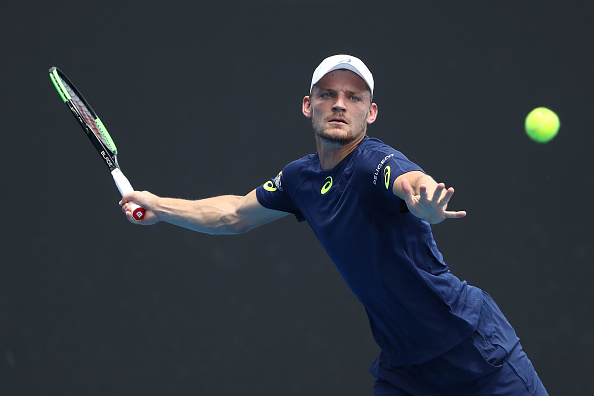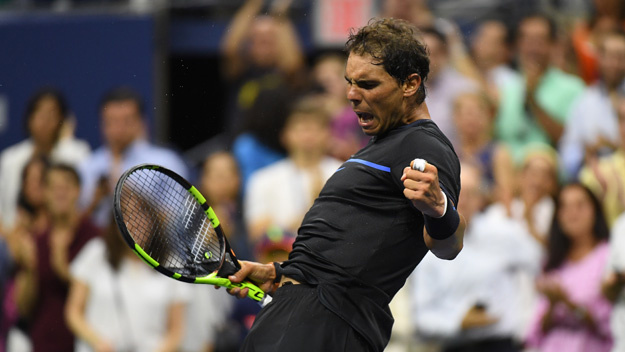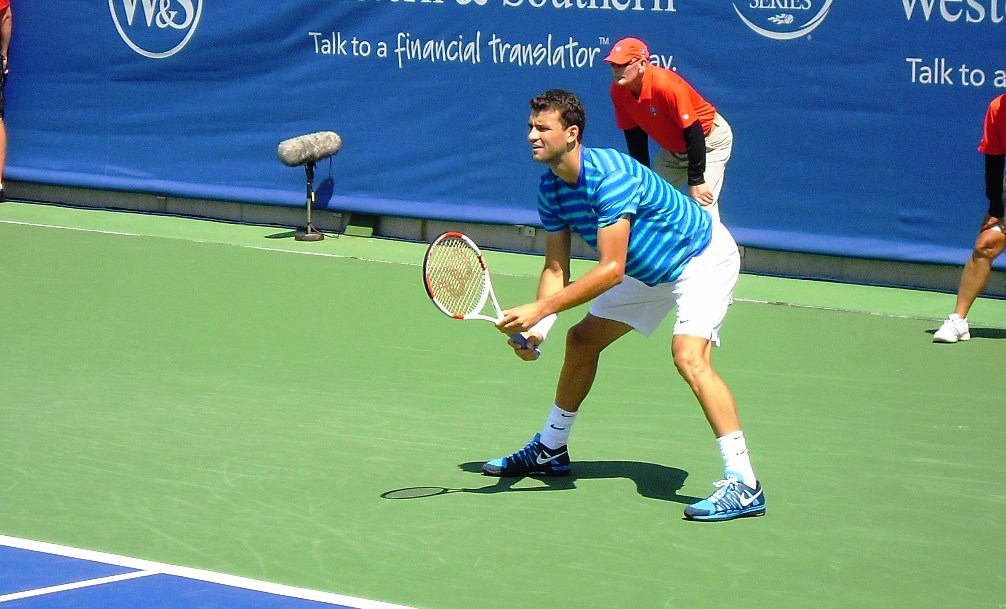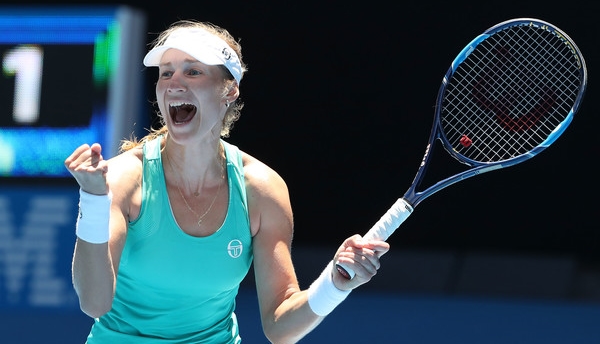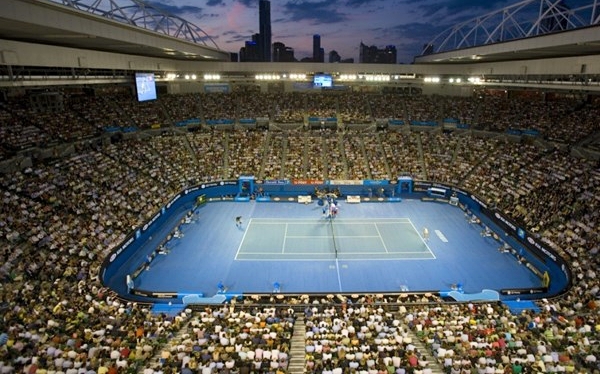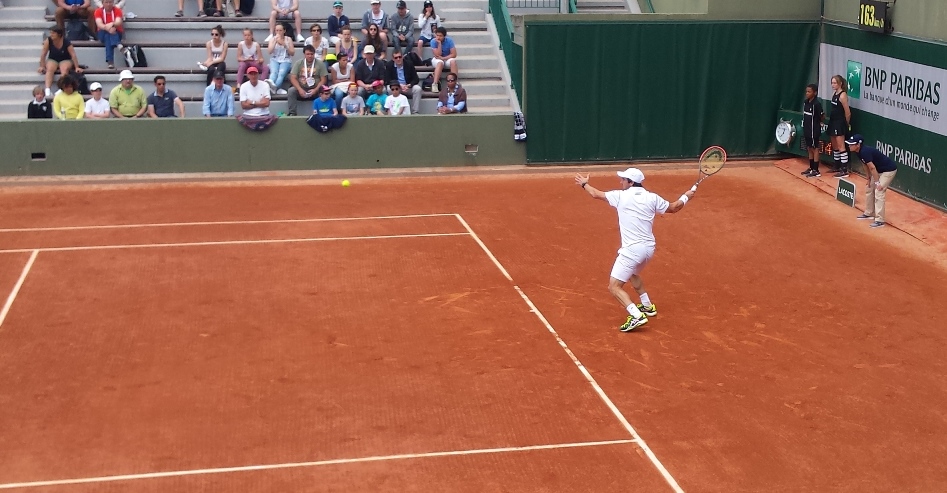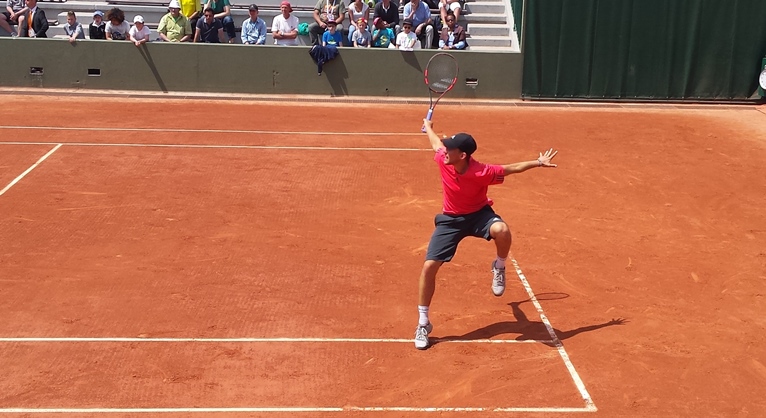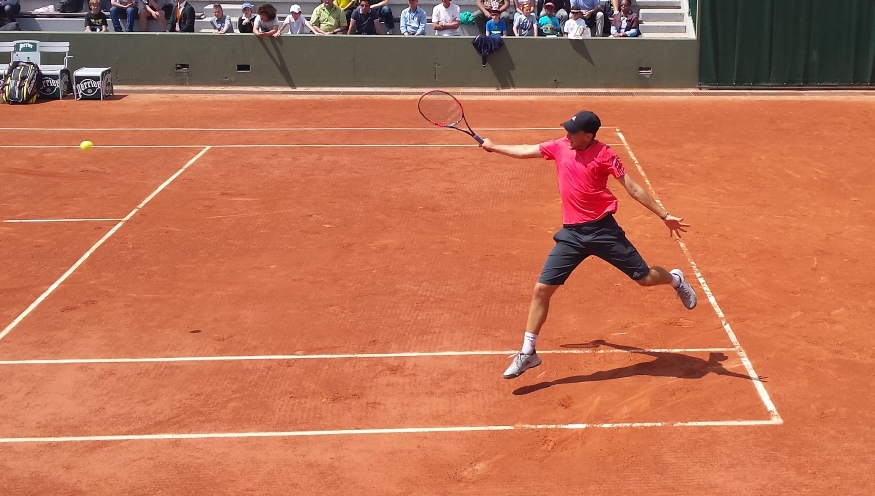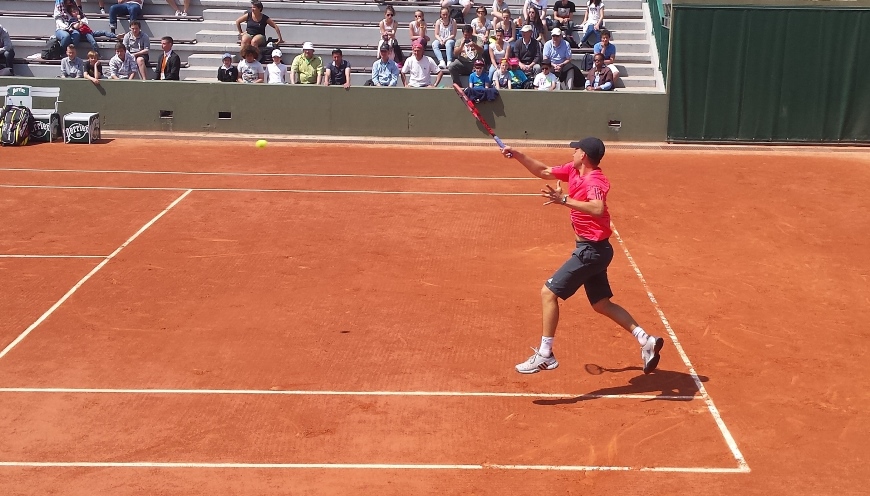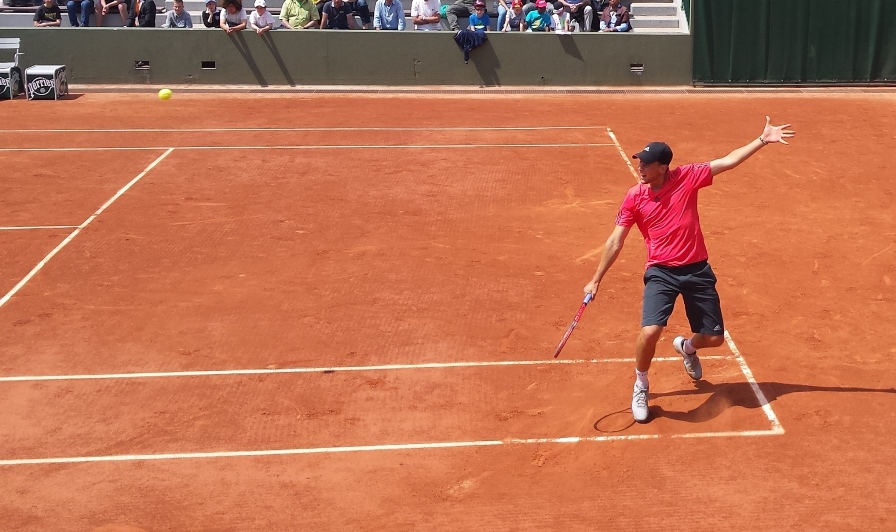Dominic Thiem def. Kevin Anderson 6-4 6-2
There was little doubt earlier today that this top-10 encounter presented all kinds of match-up problems for the eighth-ranked Anderson, the 2017 US Open finalist. Thiem, a spot ahead of Kevin in the ATP rankings, is the steadier baseline rallier and he was getting to play on his favorite surface, as opposed to his opponent who has yet to win a title on clay courts. And frankly, Thiem’s 0-6 record vs Anderson, none played on clay, mattered little in today’s outcome.
Anderson would naturally have to rely on his serve but what was he to do on the return games? That was a question that haunted him throughout the match, one to which he could not come up with a response against Dominic who was, for his part, oozing with confidence following his upset win over Rafael Nadal one day earlier.
Anderson began the match on his serve and the expected pattern settled in early, too soon for the South African. He found it difficult to push Thiem around. Instead, the Austrian was the one striking the corners with considerable depth making Kevin scramble, a lot.
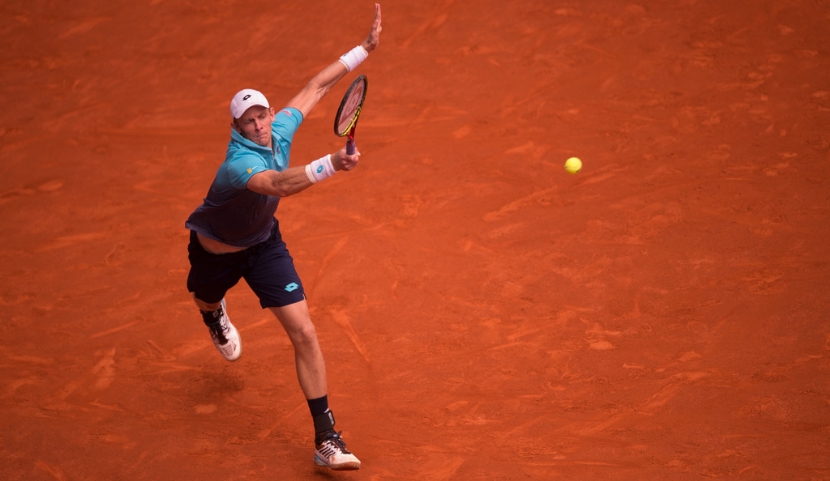
The 30-30 point put on display the type of rally on which Thiem built his impressive clay-court career. It lasted around twenty shots. Anderson not only got stuck three meters behind the baseline, running left and right to retrieve balls, but ended up losing it in the most discouraging way possible, with Thiem stepping inside the baseline on a short ball and smacking the inside-out forehand winner.
Anderson did save the ensuing break point thanks to a big first serve – precisely what he needed – but could not turn this nine-minute-long game in his favor. He won a point or two more on big serves but anytime Dominic got the return in and the rally began, Anderson would force the issue and make the error. His last one in the game came when he sailed a forehand deep on the third break point.
Following a comfortable hold by Thiem, Kevin trailed again (0-30) on his serve. It was clear that he needed to avoid extended baseline rallies at all cost. This is probably why he began going for big cuts on the second shot following the serve, and even served and volleyed once – which, in retrospect, he should have attempted to do more in the set than just this one time. He came back and held serve before the first set got out of control from his perspective. Nevertheless, he was still behind a break, and Thiem’s serve was clicking. He played an Anderson-like game, winning three points directly on well-placed serves, to go up 3-1 and keep the break advantage.
Instead of Anderson challenging Thiem for a break and looking to level the score, he ended up being the one to struggle on his service games. After saving two more break points at 1-3, he succeeded to stay within distance with a big service winner at deuce and a well-timed drop shot in the next one.
Unfortunately for Anderson, Thiem responded with another routine hold to go up 4-2.
Unfortunately for Anderson, this pattern would continue for the rest of the match.
Except the one anomaly at 5-4.
Something extraordinary needed to take place to cause a glitch in that pattern and it took place in that tenth game. Thiem committed a double fault at 0-15, and Kevin fired a flat and hard return – despite a bad bounce on the second serve – that forced Thiem to misfire a backhand. All of a sudden, Anderson had three break-point opportunities at 0-40.
But that is where the anomaly ended.
Kevin missed a forehand deep at 0-40, another one at 15-40, and backhand deep on the third one. “Poof” flew away his only chance to sink his teeth into the match, in a game where Thiem made only one out of eight first serves.
It would not be fair to say though that it was all due to Anderson’s missed shots. Thiem did come up with three terrific second serves in succession – from 15-40 to ad-in – that did not allow Anderson to nail the returns for winners, something he was definitely aiming to do at that point. On set point, Thiem made a first serve, his only one in the game, and completed the 1-2 punch with a forehand cross-court winner.
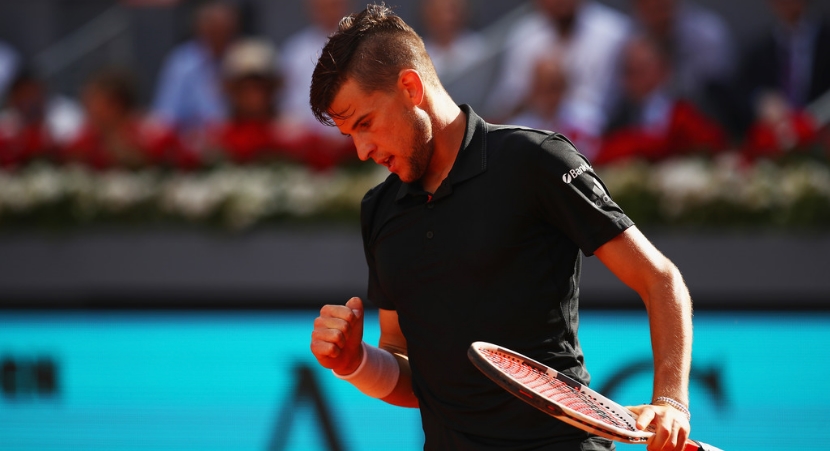
It only got worse from that point forward for Anderson, beginning with a double fault to lose his serve to start the second set. It did not help either that Anderson’s first-serve percentage hovered around 50% in the second set. The pattern that I described above, score-wise and tennis-wise, for the first set continued even more blatantly. No anomalies, no glitches.
Thiem would solidify his lead with another break and oust the South African with a score of 6-4 6-2, in a comprehensively dominating performance. Now he needs to erase the one anomaly for his career. For as accomplished a clay-court player as he is, he has yet to win his first ATP-1000 title on the surface. Alexander Zverev stands in his way tomorrow.
Alexander Zverev def. Denis Shapovalov 6-4 6-1
Alexander “Sascha” Zverev is the third-ranked player in the world, already holding two ATP 1000 titles at the age of 21. Denis Shapovalov, at the age of 19, is one of the most exciting up-and-comers, the youngest top-100 member of the ATP rankings at no.43 (probably top 30 by Monday). Both are former junior champions at Majors (Sascha at the 2014 Australian Open, Denis at the 2016 Wimbledon), and experienced meteoric rises following their junior careers to eventually reach their current rankings.
Both have already recorded wins against the ATP’s elite. Both still have plenty of room for improvement.
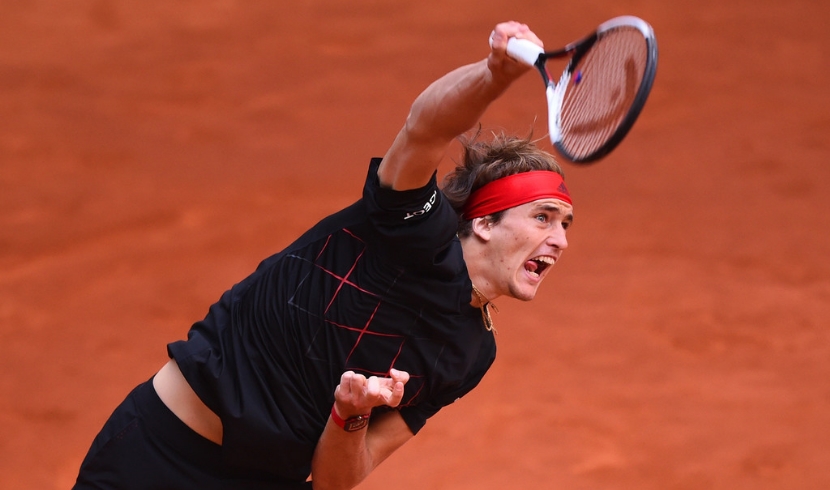
On top of everything else, both play exciting brands of tennis. Zverev relies on a powerful first serve, a fundamentally sound backhand, and the ability to generate power from the baseline. Shapovalov counts on his terrific shot-making skills and overall aggressive play. Both are brave, both are athletic.
For all the above reasons and more, there was no reason why any tennis fan should not have been excited to watch these two names face each other in the semifinals of an ATP 1000 event.
Did it live up to its billing? No, it did not.
Until 4-4, each player comfortably held serve, not because they were hitting extraordinary shots – only a few, combined – but rather because their opponent would either miss the return or make an error in the next shot. The only deuce came at 2-2 on Shapovalov’s serve, but he won the next two points without much difficulty. There were not even many rallies that went beyond five shots during this stretch. The quality barometer remained inoperative because neither returning player pushed the other one to raise his level on service games.
Zverev broke through one of the best shots of the match until then, a well-placed backhand down-the-line return that Denis could not get back in the court. He did nevertheless get to that break point thanks to two unforced errors by Shapovalov, the second one coming on a framer at 30-30. That was all that the German needed as he closed out the set on his serve with a forehand winner on a 1-2 punch.
Prior to the match, we were wondering how Shapovalov would react to his forehand cross-court, one of his favorite weapons, going to Zverev’s strong side, or if Zverev would respond to Shapovalov’s power with counter-strikes or steady retrieval, or if Denis would consider coming to the net to finish some points instead of going for winners with big cuts from the baseline.
Yet, nothing that elaborate took place in the confines of the Manolo Santana Court. Instead, we got a dud first set – dud (adj.): not working or meeting standards; faulty.
It basically consisted of errors, one bland break, and only a handful points worthy of mentioning.
Contrary to the first set, the second started with a break, and marked the moment where one of the players finally elevated his level. Zverev hit two spectacular winners, both followed by pumped-up screams and fist pumps, that helped him get the definitive lead on the Canadian.
Sascha started holding his end of the bargain from that point forward, or at least, showing glimpses of his potential. Denis, for his part, never took off. He fell behind 0-4 in the blink of an eye. It was a constant drip-drip of errors that would not cease, a backhand smacked in the net here, an overhead from the top of the net framed deep there, and so on.
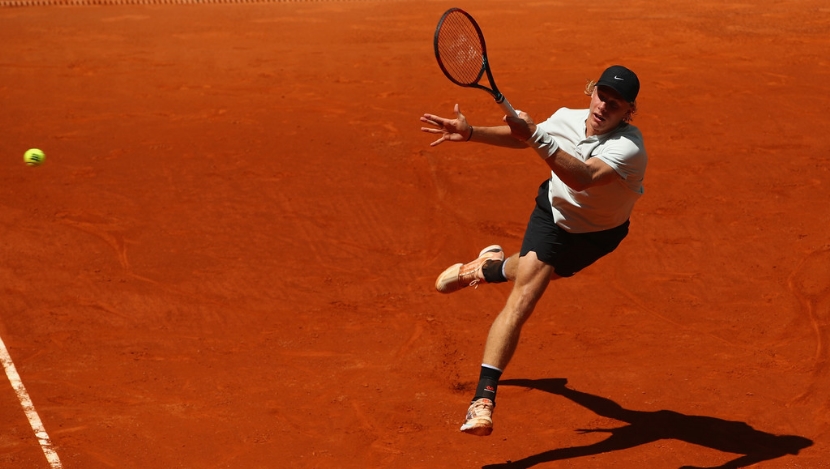
The encounter was over in 58 minutes, with the final score of 6-4 6-1.
Sascha could not have asked for a better outcome in a match that began past 10 PM in Madrid. The last thing he needed was to get involved in a long battle that finishes past midnight and does not allow him enough rest time to properly get ready for tomorrow’s final. He not only avoided that, but also finished on a strong note, never mind that he was largely left unchallenged by his opponent.
As for Shapovalov, his second career semifinal in an ATP 1000 tournament resulted in a straight-set loss again, suffered at the hands of the same player (first one, Canadian Open 2017). This semifinal run on the red clay of Madrid is still a major step forward for the Denis who, I imagine, would have gladly accepted it, had it been offered prior to the tournament’s start.
All eyes now turn to tomorrow’s final, pitting two of the best baseliners in the men’s game. As a fan, I can only hope that it will be more closely contested than today’s semifinals.

